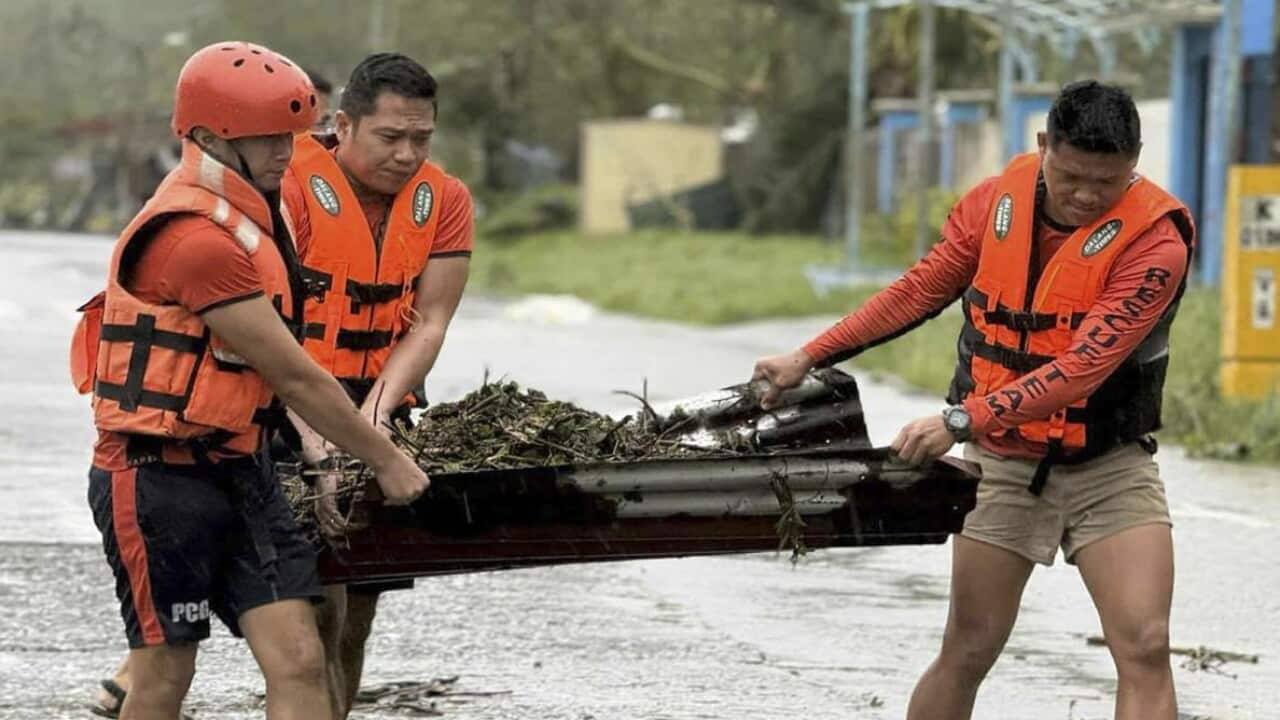Typhoon Fung-wong ravaged the northern Philippines overnight, killing at least four people and cutting off some towns as residents emerged on Monday morning after a sleepless night to start assessing the damage.
More than one million people were evacuated before Fung-wong made landfall as a super typhoon in the eastern town of Dinalungan in Aurora province on Sunday night. It pounded parts of the country's main island of Luzon with fierce winds, heavy rain and storm swells through the night.
The typhoon, locally named "Uwan", damaged houses in the northern city of Santiago in Isabela province. Tree branches and electric posts were also felled by the typhoon.
"We could not sleep last night because of the winds hitting our metal sheets and the tree branches falling," said Romeo Mariano, who was sheltering with his grandmother in their home.
"Almost all of the tree branches nearby fell, and when we got out to check our home, we saw the damage," he added.
At least four people were killed by the typhoon, according to an early report from the Civil Defence office, with two others injured.
Aurora vice-governor Patrick Alexis Angara said at least three towns were inaccessible due to landslides and broken roads.
"Assessment and clearing operations are underway," Angara told broadcaster DZMM.
The state weather agency said the typhoon was now moving over the South China Sea, and is forecast to shift northeast towards Taiwan. It warned that a large portion of the country still faced heavy rains and severe winds, along with storm swells in coastal areas.
Over 400 flights have been cancelled since Sunday, the civil aviation regulator said.
Fung-wong was the 21st storm to hit the Philippines this year and came immediately after Typhoon Kalmaegi, which last week killed 224 in the country and another five in Vietnam.
Share


